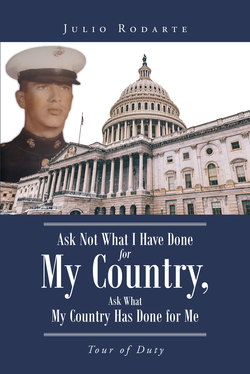Читать книгу Ask Not What I Have Done for My Country, Ask What My Country Has Done for Me - Julio Rodarte - Страница 8
На сайте Литреса книга снята с продажи.
ОглавлениеThe Recolonization and Settlements North of Santa Cruz de la Cañada Española, New Mexico
On August 21, 1692 Don Diego de Vargas returned with seventy soldiers and one hundred Tlazcaltec and Pueblo Indian allies and reconquered Nuevo Mexico for Spain. Don Diego de Vargas returned to El Paso de Norte in December 20, 1692, and started recruiting civilians/colonists with their families that had come from Spain previously to recolonize Nuevo Mexico. From 1692 to 1695, many families were recruited to colonize Nuevo Mexico; included in this families was the Rodarte family. In the coming years, Jose Manuel Rodarte’s parents were among the families. Jose Manuel Rodarte and wife, Maria Nicolasa Romero Rodarte, were born on approximately 1760. Jose Manuel Rodarte and wife, Maria Nicolasa Romero Rodarte, had eleven children, and they all lived along the Rio de Santa Barbara.
All of the eleven children married and had children of their own and lived in the Santa Barbara area (according to the genealogy of 2015).
In the eighteenth century, the development of ranching and of some farming and mining was more thorough, laying the foundations for the Spanish culture in New Mexico that sill persists. Over one-third of the population today is of Hispanic origin (and few are recent immigrants from Mexico), and roughly the same percentage speak Spanish fluently.
When Mexico achieved its independence from Spain in 1821, New Mexico became a province of Mexico, and trade was opened with the United States. By the following year, the Santa Fe Trail was being traveled by the wagon trains of American traders. In 1841, a group of Texans embarked on an expedition to assert Texan claims to part of New Mexico and were captured by the pueblo Indians (according to history books of New Mexico).
The basic ancestors of these villagers were the early Liberian colonizers who moved into Northern New Mexico through Mexico from Spain in the late seventeenth and early eighteenth centuries. These colonizers founded villages while moving north into the high country while making pit stops in Santa Cruz de la Cañada, near Española, New Mexico, just south of the first capital of New Mexico: San Juan Pueblo.
